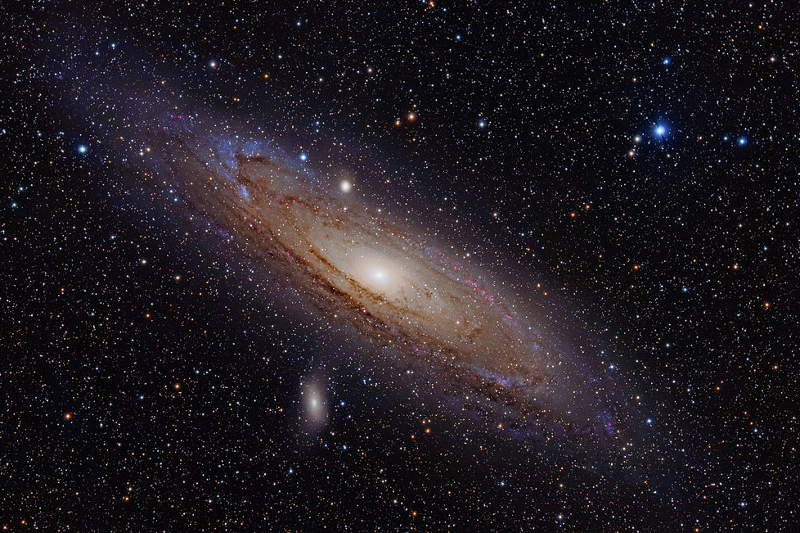Curiosity looking at dry lake
Curiosity during her traveling to mountain Aeolis Mons has stopped at the ancient dry lake.

Image credit: NASA/JPL-Caltech
Image above:
A view from the “Kimberley” formation on Mars taken by NASA’s Curiosity rover. The strata in the foreground dip towards the base of Mount Sharp, indicating flow of water toward a basin that existed before the larger bulk of the mountain formed.
The colors are adjusted so that rocks look approximately as they would if they were on Earth, to help geologists interpret the rocks. This “white balancing” to adjust for the lighting on Mars overly compensates for the absence of blue on Mars, making the sky appear light blue and sometimes giving dark, black rocks a blue cast.
This image was taken by the Mast Camera (Mastcam) on Curiosity on the 580th Martian day, or sol, of the mission.

This illustration depicts the concept of the possible extent of an ancient lake inside Gale Crater. The existence of a lake there billions of years ago was confirmed by an examination of mudstone in the crater’s Yellowknife Bay area. For this illustration, the possible extent was estimated by mapping ancient lake and stream deposits and recognizing that water flowed from the crater rim into the basin (arrows). The water would have pooled in the linear depression created between the crater rim and Mt. Sharp. The area’s history likely included the coming and going of multiple lakes of different sizes as climate conditions evolved. The base map combines image data from the Context Camera on NASA’s Mars Reconnaissance Orbiter and color information from Viking Orbiter imagery. The 25-kilometer scale bar at the lower right is 15.5 miles long. North is up. Image credit: NASA/JPL-Caltech/MSSS
This lake was probably not containing salty water and when considering all information it probably provided suitable conditions for life in the past. The important thing will be now the examination of sedimentary rocks, especially places which are weatherworn and shores of this lake.
Organic compounds which could once be parts of microorganisms are under continuous influence of radiation from the Sun and surrounding space. Mars is a terrestrial type of planet but it is missing active protection against the radiation – natural magnetic field. With respect to all physical conditions that this fact is representing, it is very likely that all organic compounds which could be connected to life could be already damaged or disturbed.
Visualization of how the lake looked like in the past (Credit: NASA/JPL-Caltech/MSSS) – click on the image for better resolution:









